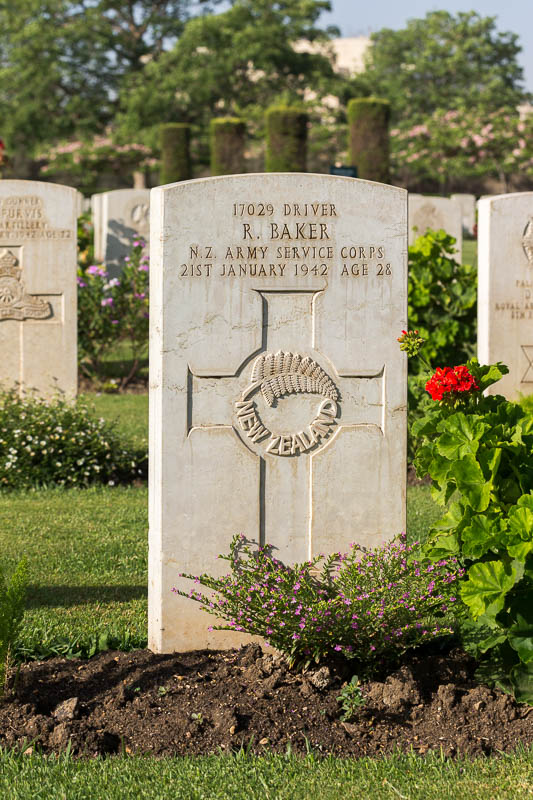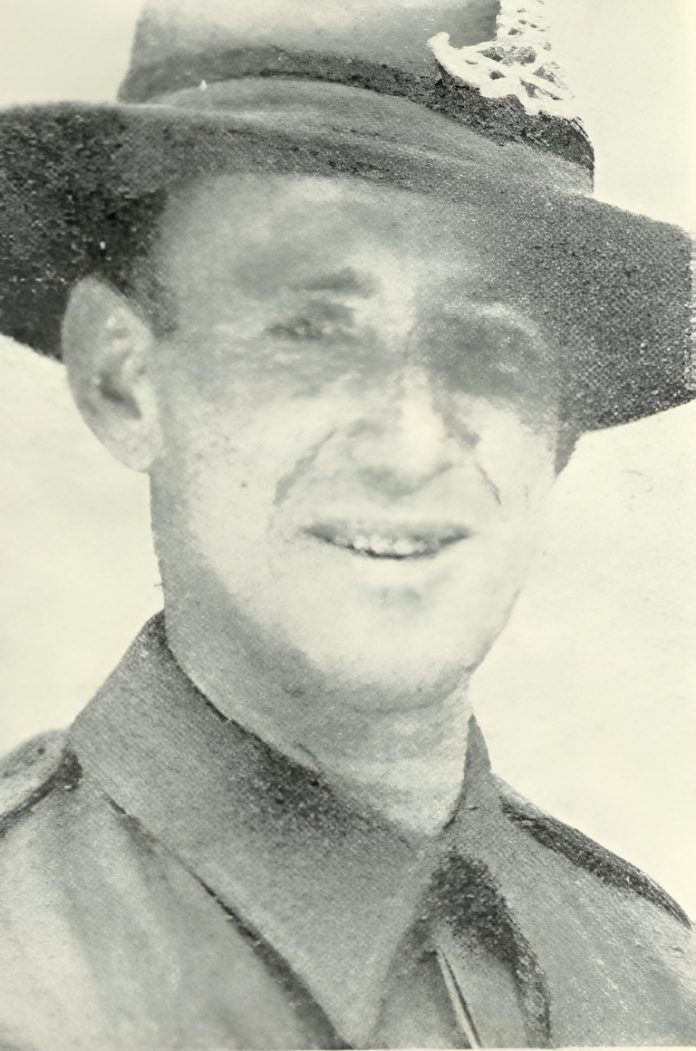A project by the South Canterbury Genealogy Society is ensuring the stories of the men and women from South Canterbury who served in World War 2 are preserved and remembered. As the project progresses, society convener Liz Shea will be sharing some of these stories with The Courier. This week we remember Gunner Richard John Baker Ser No 466078.
Richard John Baker is recorded in the South Canterbury Genealogy Society WW2 database but what is unusual is that his death on August 2, 1944, is recorded on three different graves.
He has his own grave in the Florence War Cemetery, in Italy, after he was killed on active service, but he is also on two family graves in Timaru Cemetery.
Richard also known as Roy, was the son of John William and Frances Rose Baker, of Timaru.
He was educated at Timaru Main School and then went to work for his father’s carrier business, taking over following his father’s death in 1939.
His mother died in 1945 and Richard is remembered on their grave in Timaru Cemetery along with a brother, Raymond, who also died on active service in 1942.
Richard is shown as Roy on the family grave in row 45 plot 687.
In 1938, he married Lorna Inez Prudence Davey and had two children, John and Lorna.
He enlisted in the army in 1942, joining the NZ Artillery 5th Field Regiment and was posted to Egypt and then to Italy.

The 5th Field Regiment saw action as part of the 2nd New Zealand Division in campaigns in Greece, North Africa, Tunisia, and Italy.
His regiment was involved in pushing the German army out of Italy in 1944.
Following the fall of Rome to the Allies in June 1944, the German retreat became ordered and successive stands were made on a series of defensive positions known as the Trasimene, Arezzo, Arno and Gothic Lines.
Florence, which was taken by the Allied forces on August 13 1944, was the centre of the Arno line and the point from which the attack on the German Gothic Line defences in the Apennines was launched.
After fighting to gain a suitable start line, a divisional attack before midnight of August 1, under a strong artillery barrage, pierced the last line of hills before Florence.
Early on August 4, men of 23 Battalion raced each other to the outskirts of the town, only to be recalled within an hour or so.
The division took over a sector to the west of the city and on August 10-11 pushed forward to the bank of the Arno.
The confused fighting that took the division through two strong defensive lines on the way to the city cost 298 lives, 900 wounded (four of them captured) and 27 other prisoners.
Richard was killed in action during this battle and was one of the recorded 298 deaths.
His wife died in 1957 and he is also remembered on her grave in Timaru Cemetery Row 47 plot 629.





